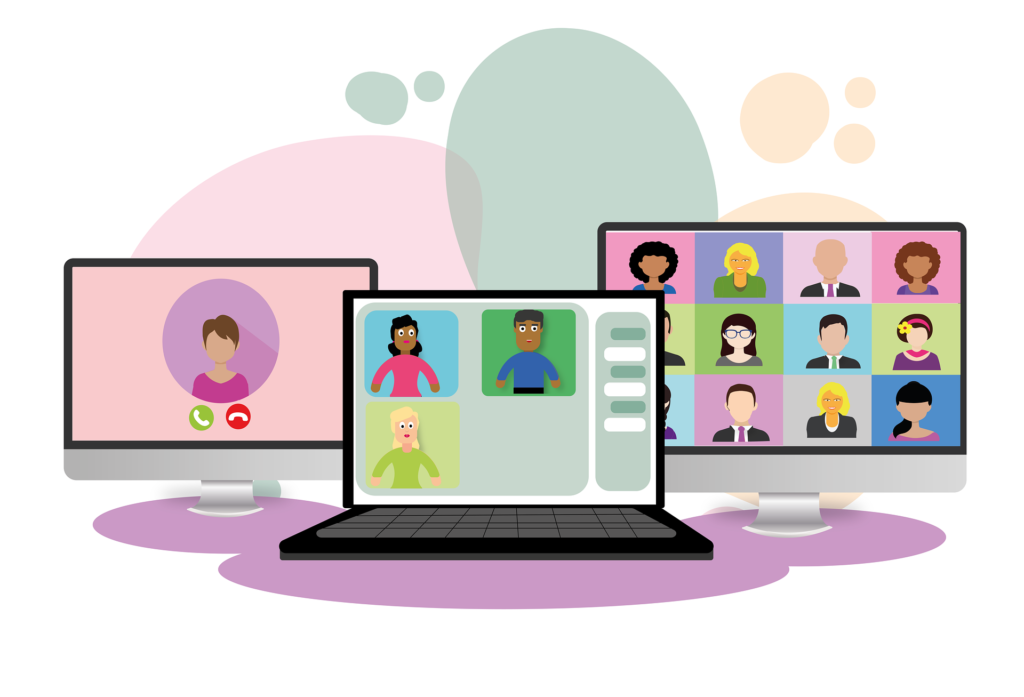
Computer games have been popular for quite some time. More than 180 million people in the United States reported playing these games for more than 13 hours per week in 2011. Moreover, in 2008, game sales in the United States increased by 22.9 percent to $11.7 billion, quadrupling industry revenues since 1996. Another exciting trend is that gamers’ mean age is 35, and 40% of that population is female. With this, academics, educational institutions, and businesses have developed an interest in the possible outcomes game-based learning can provide for this generation.
Qian & Clark described game-based learning (GBL) as an environment in which game material and gameplay improve knowledge and skill acquisition and in which gaming activities contain problem-solving spaces and challenges that give players or learners a sense of accomplishment. There is also digital game-based learning (DGBL), defined as the use of digital games’ entertainment potential for educational purposes and is the result of a careful blend of learning and gameplay aspects.
To further understand game-based learning, it is necessary to explore its principles and mechanisms. Listed below are some of its principles and mechanisms based on a study.
Principles of Game-Based Learning
- Stimulates intrinsic motivation
- Authenticity
- Provides enjoyment while learning
- Autonomy and self-reliance
- Experiential Learning
Mechanisms of Game-Based Learning
- Rules should be simple or should encourage complex decision-making
- Challenging goals
- Student control is high
- Difficulty should progress each level
- Feedback is immediate and constructive
- Contains an element that allows people to also develop socially (i.e., share experiences, build bonds with other learners)
Game-based learning’s potential value in improving the learning process is immense. GBL engages students in a loop of probing, hypothesizing, and recalibrating their strategies, prompting them to incorporate reflective practices in their study. GBL presents the opportunity for learners to explore the world through various identities. It also allows them to take chances and learn from failure without fear of negative repercussions in real life.
Numerous studies have claimed that game-based learning produces positive results. However, in implementing this strategy, it is essential to note that the approach for game design shall be holistic and should consider the combinations of different perspectives (cognitive, motivational, affective, and sociocultural) to achieve the utmost potential GBL can provide for learning.
References
All, A., Nuñez Castellar, E. P., & van Looy, J. (2016). Assessing the effectiveness of digital game-based learning: Best practices. Computers & Education, 92–93, 90–103. https://doi.org/10.1016/j.compedu.2015.10.007
Perrotta, C., Featherstone, G., Aston, H. and Houghton, E. (2013). Game-based Learning: Latest Evidence and Future Directions (NFER Research Programme: Innovation in Education). Slough: NFER.
Pho, A., & Dinscore, A. (2015). Game-Based Learning. Tips and Trends. https://acrl.ala.org/IS/wp-content/uploads/2014/05/spring2015.pdf
Plass, J. L., Homer, B. D., & Kinzer, C. K. (2015). Foundations of Game-Based Learning. Educational Psychologist, 50(4), 258–283. https://doi.org/10.1080/00461520.2015.1122533
Qian, M., & Clark, K. R. (2016). Game-based Learning and 21st century skills: A review of recent research. Computers in Human Behavior, 63, 50–58. https://doi.org/10.1016/j.chb.2016.05.023
Tobias, S., Fletcher, J. D., & Wind, A. P. (2013). Game-Based Learning. Handbook of Research on Educational Communications and Technology, 485–503. https://doi.org/10.1007/978-1-4614-3185-5_38

